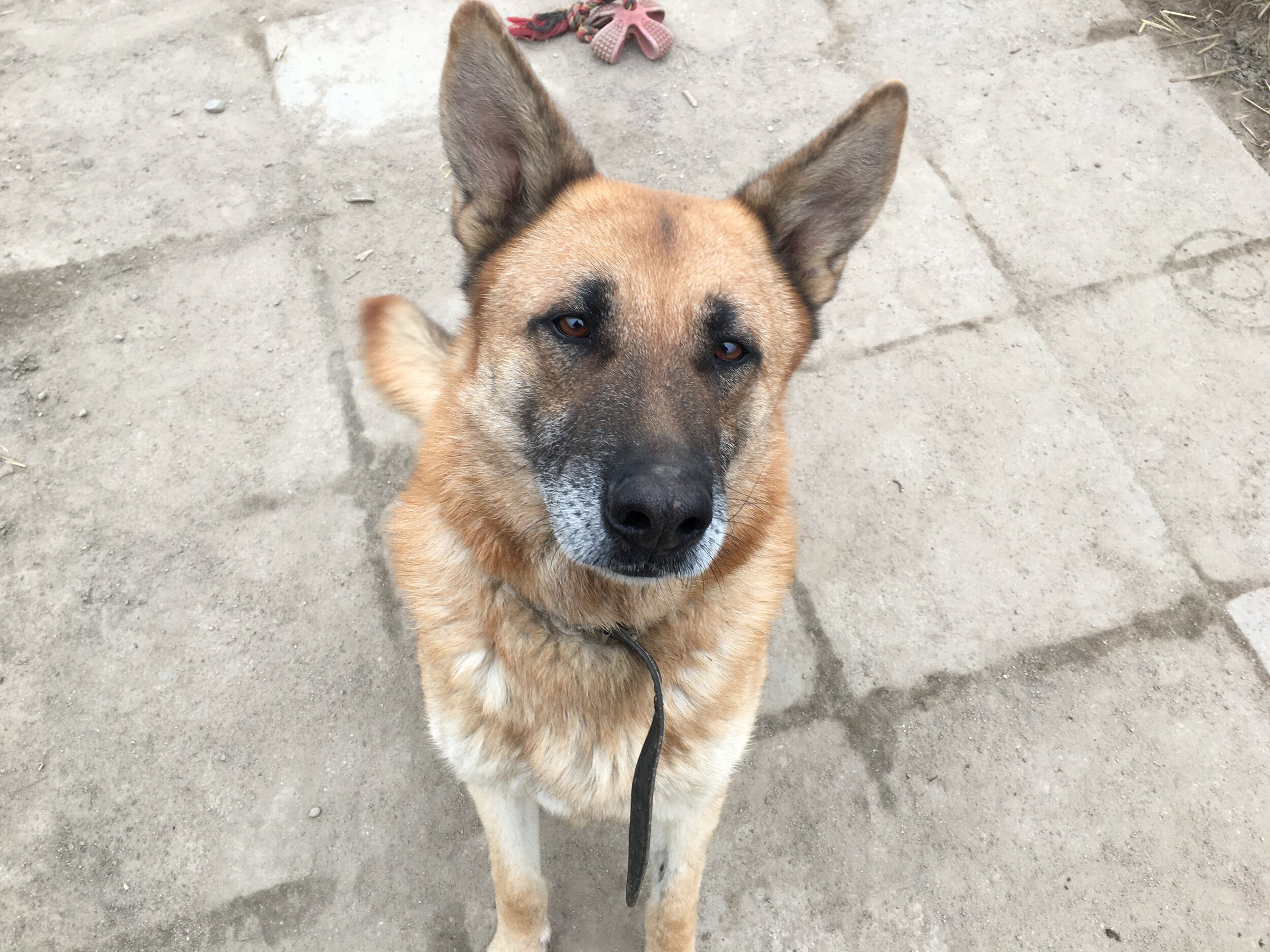Negative reinforcement – are you using it unknowingly?
How often do we stop and think about the way we interact with others (including animals)? We raise our voices when we talk with people who we think don’t listen to us. We pull the leash on our dogs’ collars to make them come the other way. We laugh at people, we grin, we give nasty comments without ever thinking what effect it has on them. Even if something works, it doesn’t mean it can’t be improved.
Photo by Kellie Klumb on Unsplash
Reinforcement is any consequence that increases the likelihood of behaviour to occur again. In other words, something happens after the behaviour, the behaviour will occur again. There is a difference between positive and negative reinforcement. Think of it as + and – sign in math.
When it’s positive reinforcement – something is added to the environment, like treats for your dog or paycheck for your work.
When it’s negative reinforcement – something is removed from the environment, for example, in the car, the beeping sound ends when you fasten the seat belt or tension on the dogs’ collar ends when the dog stops pulling. The consequence is the aversive stimuli ends.
What is aversive for one may not be aversive for another individual. Frowning at your child might be enough to keep him quiet yet for another child, even screaming and shouting is not aversive (it can also become a positive reinforcement as it gives attention, so even when you use something that was intended to be aversive, you might unknowingly positively reinforce the person or animal whom you currently interact with). What we think works might not actually work.
We might be sure that we never use anything aversive (or simply unfavourable) and yet we can do it very often. For many, a word aversive can be very harsh that’s why unfavourable might be more appropriate. What it means to me is anything that when removed, increases the likelihood of the behaviour that preceded the removal happen again. It’s from this annoying beeping sound in your car, through the leash tension, frown on someone’s face, to stopping someone by grabbing his hand.
We nag people to do things and stop nagging when they do what we wanted. Do we ever notice when they’ve done something we wanted to see done or do we just expect that “they should do it anyway”? We can be in this vicious cycle of thinking that we absolutely have to nag others as without it they will never do anything. We never try an alternative which is noticing when they do what we want and genuinely appreciate that. To the contrary, we even punish the act by saying “oh you finally did this, was it so hard to do it before?” Unknowingly, we might have made it more likely that the behaviour will be suppressed and won’t happen again under those conditions (without your nagging).
Photo by Mitchell Orr on Unsplash
Dog example can be teaching sit. When you push the dogs’ bottom and release the tension once the dog sits, you are using negative reinforcement. The alternative is to offer a treat for sitting and use hands-free approach by luring your dog into a sit (another method would be shaping the sit without the lure but I won’t get in too much detail about it here).
Why would we even consider if we are using it or not? Reinforcement strengthens the behaviour but the patterns of behaviour and side effects are vastly different between positive and negative reinforcement. With negative reinforcement, once the person (or animal) successfully escapes or avoids the unfavourable consequence, the behaviour stops occurring until the threat is present again. With positive reinforcement, you get more responses as it’s followed by positive consequence and the more you do it, the more you receive. Side effects are opposite in nature. When relying only on negative reinforcement the side effects include emotional responding like anxiety and uncertainty, sluggish responding, misunderstandings etc. You can also become a predictor of unfavourable event and be avoided. When you use positive reinforcement, people (and animals) want to spend more time with you, the rate of responding increases, there is increased morale, etc.
To understand the effects it has, consider this scenario. What do you do when you are driving and you see a police car driving by? If you were over the speed limit, you adjust your speed. Is it permanent or are you coming back to your usual speed as soon as the police car is out of sight? How do you feel when you see the police car? Negative reinforcement is only effective as long as the unfavourable stimulus is applied and it creates an undesirable emotional state like anxiety or frustration. We all experience that.
Photo by Obie Fernandez on Unsplash
As in the example of a child being positively reinforced by your screaming, it’s good to remember that reinforcement is neither good nor bad. It’s about the effect it has on behaviour. You might simply not realise when you use it and inadvertently reinforce behaviour that you don’t want to see. As much as positive reinforcement doesn’t have the side effects of negative reinforcement, it can also create problematic outcomes. That’s how we get addictions, not only to substances but to video games or to scroll through our Facebook feeds. Great way to change behaviour that was positively reinforced is to teach alternatives, give more positively reinforced behaviours that can go in place of the problem one.
Does that mean that by reading this you will stop all your judgemental comments, nagging, etc? No, it’s not that simple. Learning about something is not enough to develop a habit out of it. First of all, you are probably not aware of when you are using it. I know that I still sometimes catch myself giving snarky comment to a family member only after it happened. Was it necessary? No. Was I able to change that? Not yet. I continue to get better at noticing what I’m about to do and choosing different approach instead but it will be a life-long practice. It’s not about perfection but improving ourselves one step at a time. Even 1% improvement each day is better than not changing anything at all. Hope you can join me on the journey of improvement.
More about negative reinforcement with humans on this amazing blog https://www.aubreydaniels.com/blog/2018/08/21/poisoned-cue
If you want to learn more about negative reinforcement with dogs, check this great blog https://www.companionanimalpsychology.com/2018/05/what-is-negative-reinforcement-in-dog.html













I'm feeling great and I prioritise health. I don't feel better than anyone else! I can enjoy feeling good about myself and hope for everyone else to enjoy themselves too. I believe that happiness is not something you achieve, it's something you DO. I'm choosing habits for happiness and I do them every day. I hope you can join me and start to seek happiness every day.